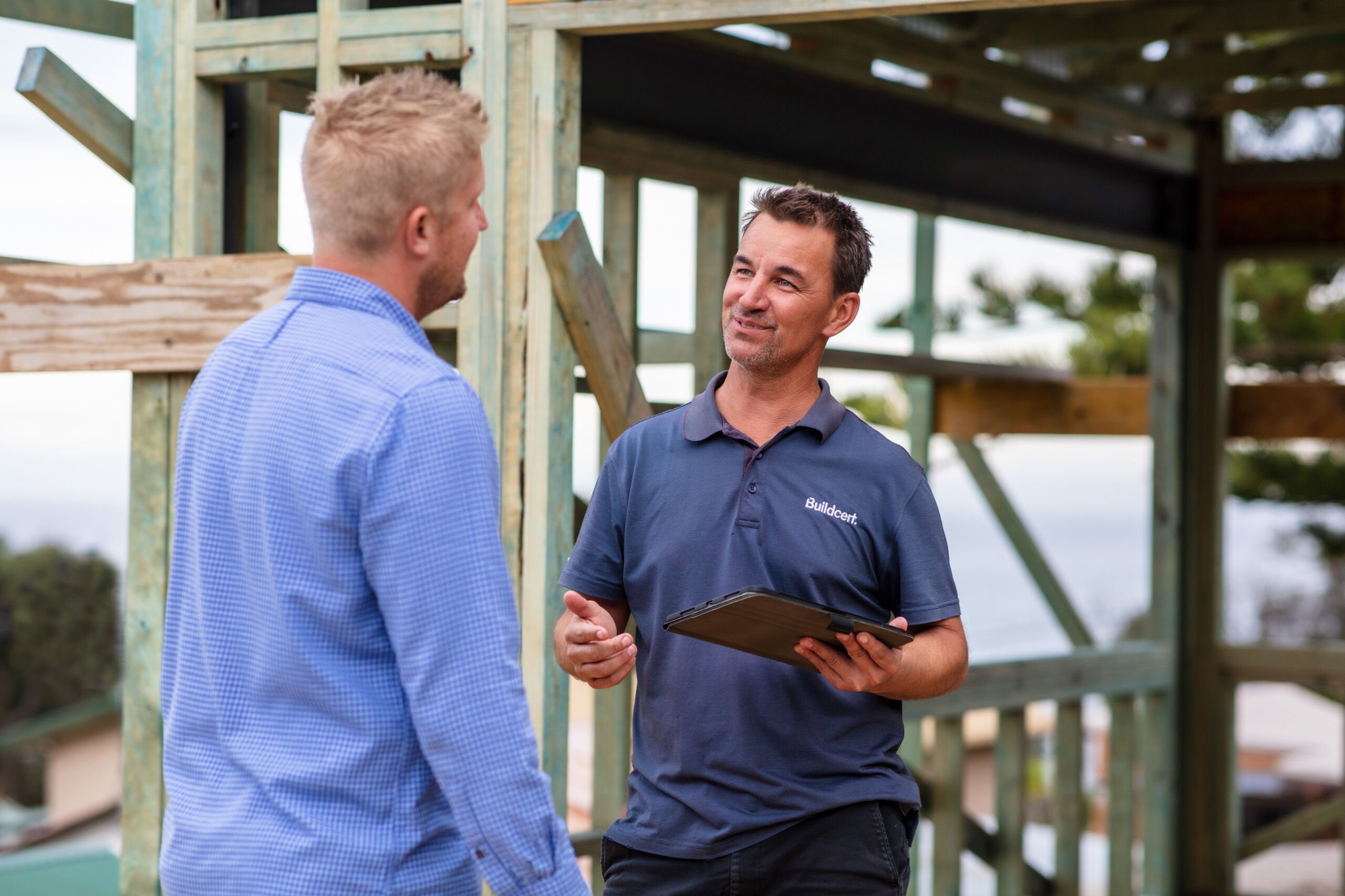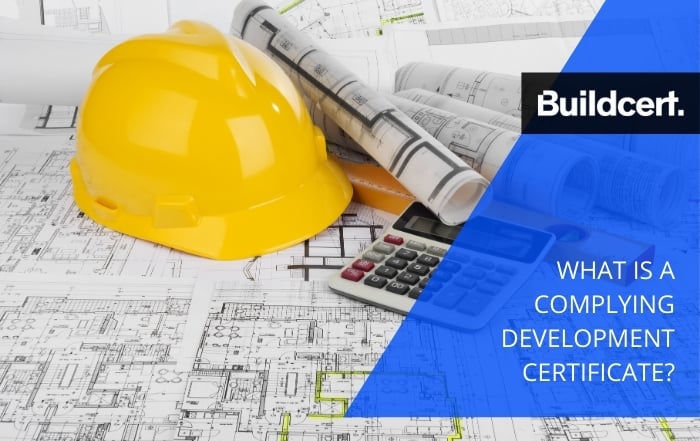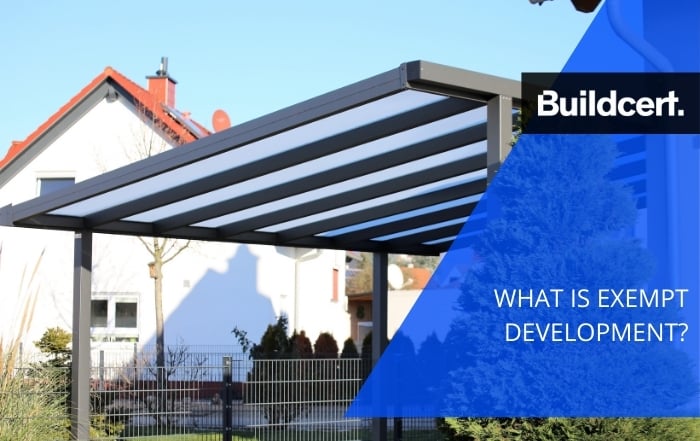News & Media
Long Service Levy Changes taking effect in January 2023
As of January 1st 2023, the Long Service Levy is changing in New South Wales.
Previously the the levy required for all construction projects with a total value of works exceeding $25 000 was paid at 0.35% of the value.
As of 1st Jan 2023, the threshold for the Long Service Levy is being raised to $250 000 and the levy reduced to 0.25% of the project value. This means any construction projects with a value less than $250 000 will be exempt from payment of a long service levy.
Construction projects with a value exceeding $250 000 will pay less in fees.
What is the Long Service levy?
Why the Long Service Levy exists, who benefits from it, when it applies and who is required to pay the levy.
If you live in New South Wales and have been involved with a building and construction project costing more than $250,000, then you may be familiar with the Long Service levy. Those who are unfamiliar with the levy are often unsure of why the levy exists, whether they are required to pay it or not, and how much it costs.
The Buildcert team consists of professional building consultants and private building certifiers with local government experience and expert knowledge of the building industry’s legislative requirements, including the Long Service levy. This guide should answer most of your questions about the Long Service levy and will provide you with links to official resources where you can find further information.

The Long Service Levy Act – why was the Long Service Levy created?
The Long Service Levy is a scheme that is administered by the Long Service Corporation, the government body that oversees all long service benefits across all industries in New South Wales. The Long Service levy was originally created to provide a portable long service benefit for eligible workers in the construction and building industry in NSW.
Because of the short term, transient and often contractual nature of building and construction work, a scheme needed to be introduced to ensure that eligible workers had access to long service leave when they had been operating in their industries for an uninterrupted 10 year period. This scheme covers workers involved in the building and construction industry that carry out work construction, reconstruction, alteration, demolition, maintenance and repairs to buildings and structures.
The benefits and requirements of the scheme are covered and outlined in the Building and Construction Industry Long Service Payments Act 1986, and though there is no direct relationship to the broader Long Service Leave Act 1955 – eligible workers may become entitled to benefits under both acts. However, benefits can only be claimed by an eligible individual from one act for a given period of work, and so ‘double dipping’ – or claiming benefit from both schemes for the same period of work – is not possible.

Who benefits from the Long Service Levy?
It is safe to say that both workers and employers’ benefit from the Long Service Levy. Workers can be assured that they will have access to a benefit that rewards their loyalty and service to their employer, and employers can outsource the responsibility of managing long service entitlements in a rapidly changing and fluctuating workforce.
Who is responsible for logging and tracking Long Service Levy entitlements?
The responsibility for reporting time worked in the industry and monies to be paid into the fund is shared between eligible workers and employers. The way the scheme is handled between the two parties is remarkably similar to superannuation.
Employees or other eligible workers are responsible for:
- Registering with the scheme – you can do this by clicking here, and downloading the registration forms to get started
- Notifying new employers on each job of your registration number (much like your superannuation account number)
- Notifying the Long Service Corporation if you change address
- Registering the State or Territory Long Service Corporation that you reside in if you move interstate
- Communicating with and informing your registered Tax Agent that you are participating in the scheme. For those employed directly by an employer, long service records are updated regularly by the employer either at the end of the financial year, or when employment is terminated – you tax agent should be able to verify that these have been declared appropriately.
For self-employed workers, your tax agent will need to lodge ‘Self Employed Workers Certificates of Service’ to have service credited to your long service account with the Corporation.
- Claiming the Long Service Levy – you can claim the Long Service Levy when you have worked in the industry for 10 years, though there are some exceptions outlined on the Long Service Corporation website in relation to injury, disability, death and permanent cessation of work in the industry. The Long Service Corporation does not provide standard downloadable forms for you to fill out and lodge your claim. You must contact the Corporation Helpline on 13 14 41, and they will send you out a personalised form to submit.
Employers in the Building and Construction industry are responsible for:
- Obtaining the unique Long Service Corporation registration number of contractors and employers
- Accurately reporting Long Service benefits and duration worked for employees each financial year and upon termination of employment
- Paying Long Service Leave Entitlements to eligible employees where this option is selected and agreed upon between the employee and employer.
Employees may choose to receive paid entitlements directly from the Long Service Levy Fund, or they may choose to receive paid Long Service Leave from their employer. Where the Employer pays for the leave, they can claim a payment refund from the Long Service Corporation.
- Staying informed about their obligations and responsibilities in relation to the Long Service Levy by staying in touch with the relevant government and financial institutions – in this case, talking with the Long Service Corporation, Fair Trading NSW, the Australian Building and Construction Commission and your trusted registered Tax Agent are all ways that you can make sure you are doing the right thing by your company and workers.
- Paying accurate monies into the Long Service Levy fund, dependent on the value of the project completed

How is the Long Service Levy Scheme funded and who pays the Long Service Levy?
The fund is added to by a levy on all building and construction worked valued at $250 000 or higher, payable by the person for whom the work is being performed. For example, the person for whom an apartment block is being constructed is responsible for financially contributing to the scheme.
However, the person or entity that ultimately assumes responsibility for the payment can vary depending on the nature of the work, employment, and situation. For example, independent contractors are responsible for paying the levy themselves, and employers in building and construction companies often build the cost of the levy into their project costs, taking responsibility for the levy payments upon themselves, rather than imposing them on the project owner.
How much does the Long Service levy cost?
The current value of the levy rate is 0.25% of the value of the building or construction project, where the build or work exceeds more than $250 000 (inclusive of GST).
How is the long service levy calculated?
Using the current levy rate outlined above, total amounts for each project can be easily calculated. The Long Service Corporation provides a simple and straightforward levy calculator to help you determine how much you need to pay for each job.
Does the long service levy have GST?
The Long Service Levy payment does not have GST itself – though this is because it is assumed that you calculated the levy payment from a GST-inclusive figure. For example, you should calculate the levy payment for a $500 000 home build based on that $500 000 figure including GST.
Where to pay the Long Service Levy
You can pay the Long Service Levy directly to the Long Service Corporation by making a credit card payment online or by making payment to your local council who are authorised to take payments on behalf of the Corporation.
However, in cases where the work was not approved by the local council and was instead approved by a private entity like Buildcert who issues Construction Certificates and Complying Development Certificates, the council is not able to take payment. In cases like this, payment will need to be made directly to the Corporation.
Who is entitled to an exemption from the levy?
If you are an owner builder or non-profit organisation, you could be eligible for an exemption of up to 50% of the levy payable. The exemption is calculated on the content of voluntary labour performed.

Who is eligible for a refund?
You may be eligible for a full or partial refund of the levy if:
- Works did not commence on site and the building approval has lapsed or was cancelled. The refund application must be endorsed by the approving authority.
- A duplicate or overpayment has been made in respect of a levy.
- A levy has been paid in full and the applicant may be entitled to a partial exemption as an owner builder or a non-profit organisation (must be made within 12 months of payment).
If you have any questions about the Long Service levy or would like to speak with one of our staff about your development project, call us today on 1300 457400.



